Refreshed 2019 Hyundai Tucson Adds Safety Tech, Drops Turbo Engine

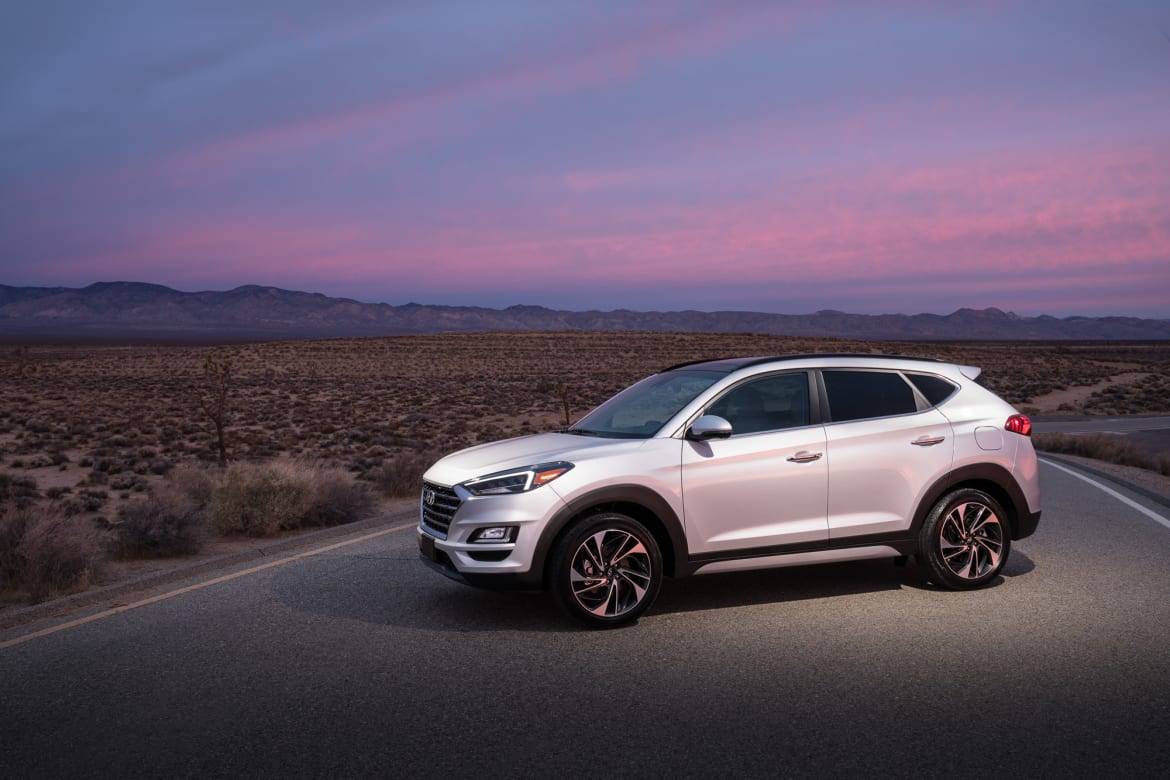
Competes with: Chevrolet Equinox, Ford Escape, Honda CR-V, Mazda CX-5, Nissan Rogue, Toyota RAV4, Volkswagen Tiguan
Looks like: It will be hard to spot the 2019’s nips and tucks unless it’s side by side with the 2018
Drivetrain: Base 164-horsepower, 2.0-liter four-cylinder or 181-hp, 2.4-liter four-cylinder; six-speed automatic transmission (turbo 1.6-liter with seven-speed dual-clutch automatic is dropped for 2019)
Hits dealerships: Fall 2018
Hyundai has made only minor tweaks to the exterior and interior design of its successful Hyundai Tucson compact SUV to refresh it for the 2019 model year, which is making its debut at the 2018 New York International Auto Show. But beyond the similar looks are a significant safety upgrade and a revised powertrain lineup.
Related: More 2018 New York Auto Show News
- ${price_badge()}
- ${battery_badge()}${ev_report_link()}
- ${hot_car_badge()}
- ${award_badge()}
- ${cpo_badge()}
${price_badge_description}
The EV Battery Rating is based on this vehicle's current expected range relative to the vehicles expected range when new. ${battery_badge_text}
Certified cars are manufacturer warrantied and typically go through a rigorous multi-point inspection.
This car is likely to sell soon based on the price, features, and condition.
${award_blurb}
${award_two_blurb}
Shop the 2018 Hyundai Tucson near you


Standard on all 2019 Hyundai Tucsons will be a front collision system featuring automatic emergency braking with pedestrian detection. This important driving safety tech was formerly available only as part of an extra-cost option package on the top Limited trim level.
And while the base engine carries over, the turbocharged 1.6-liter and seven-speed dual-clutch automatic in higher 2018 trim levels are being replaced with a conventional 2.4-liter four and six-speed automatic that offers a few more horsepower but less torque. The engine was recently added to the 2018 engine lineup, but only in a revived Sport model.
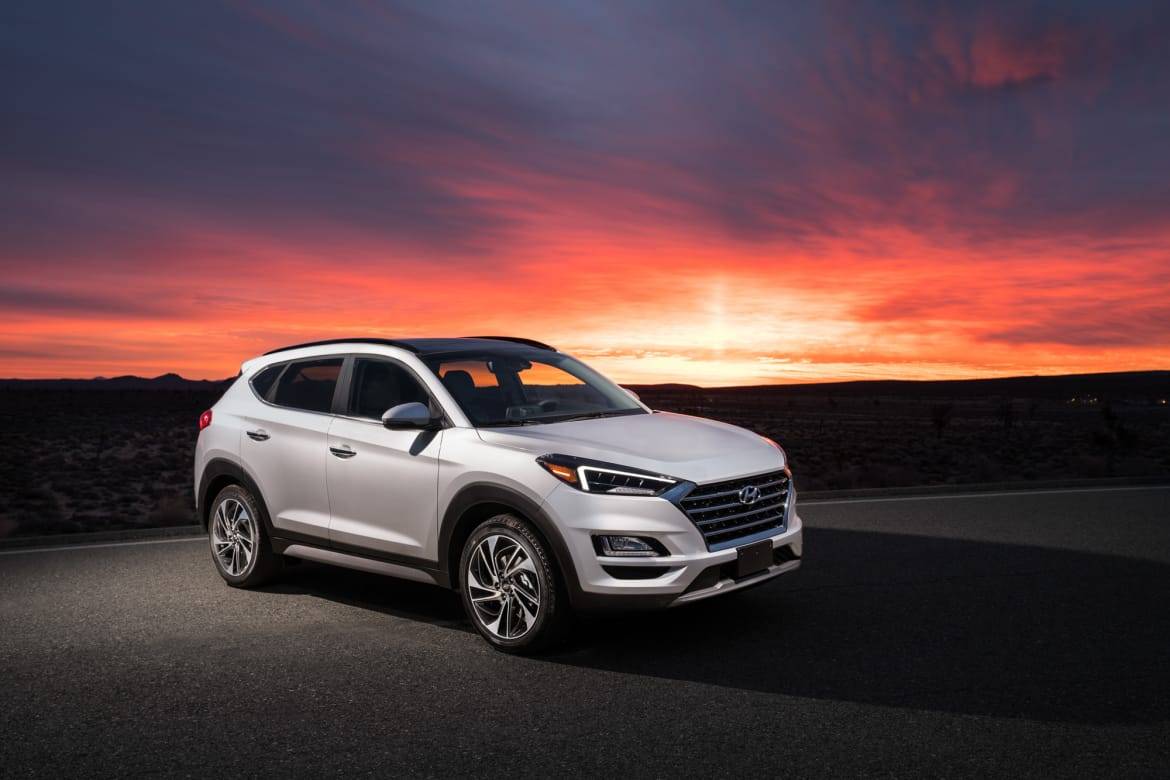
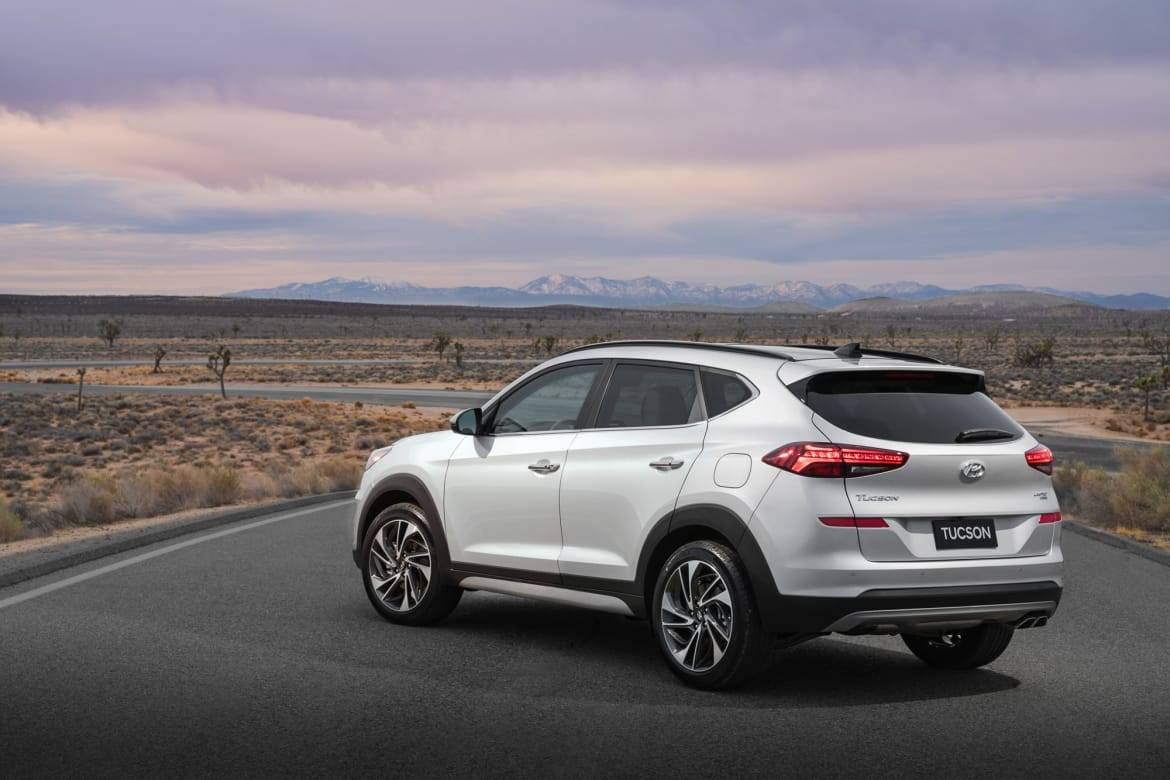
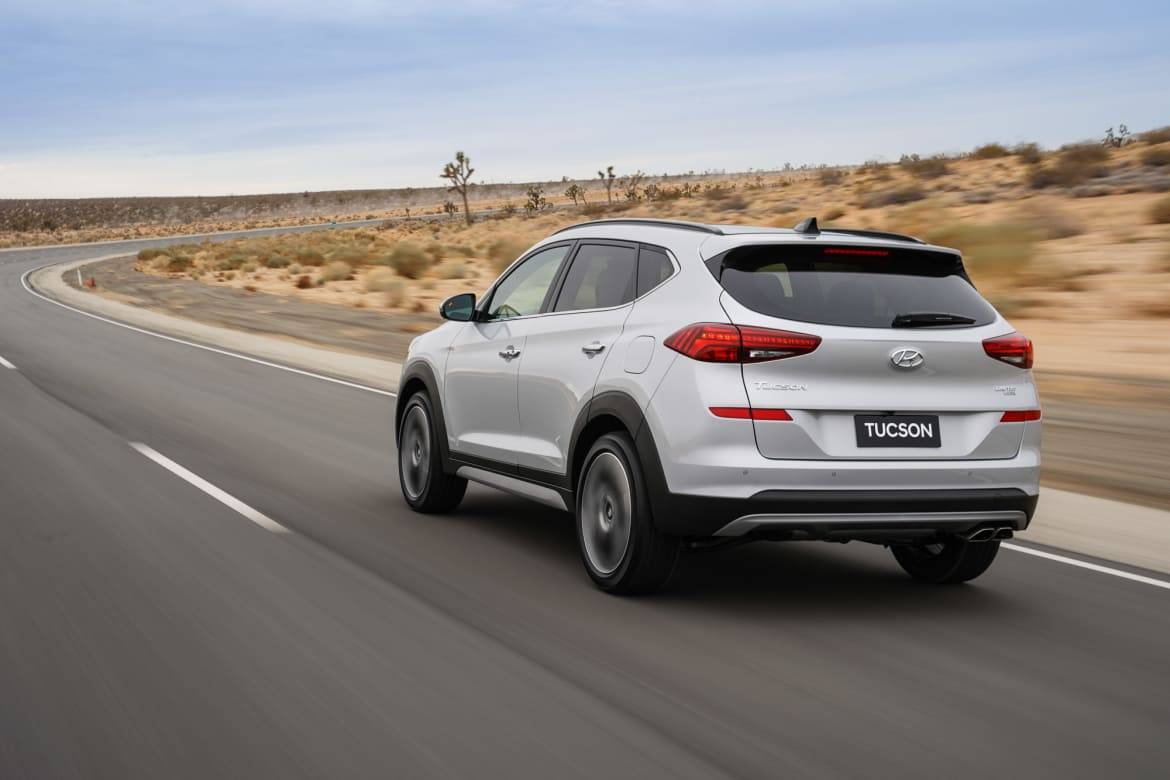

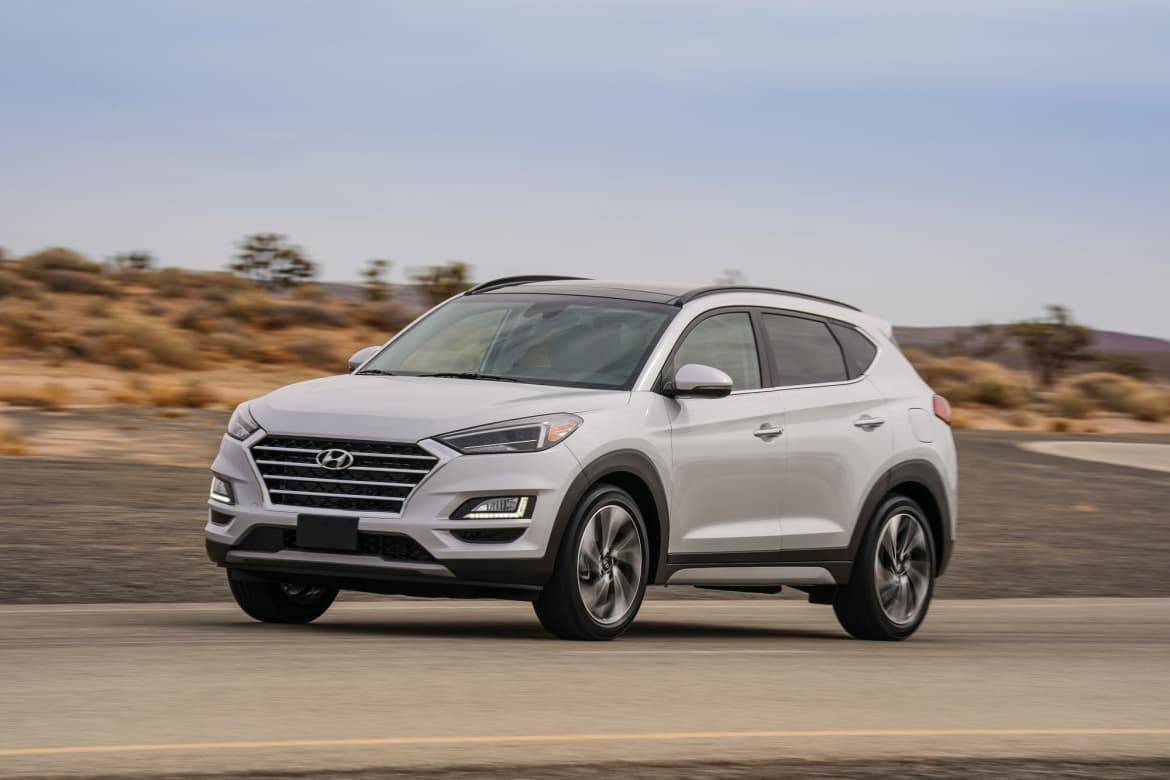
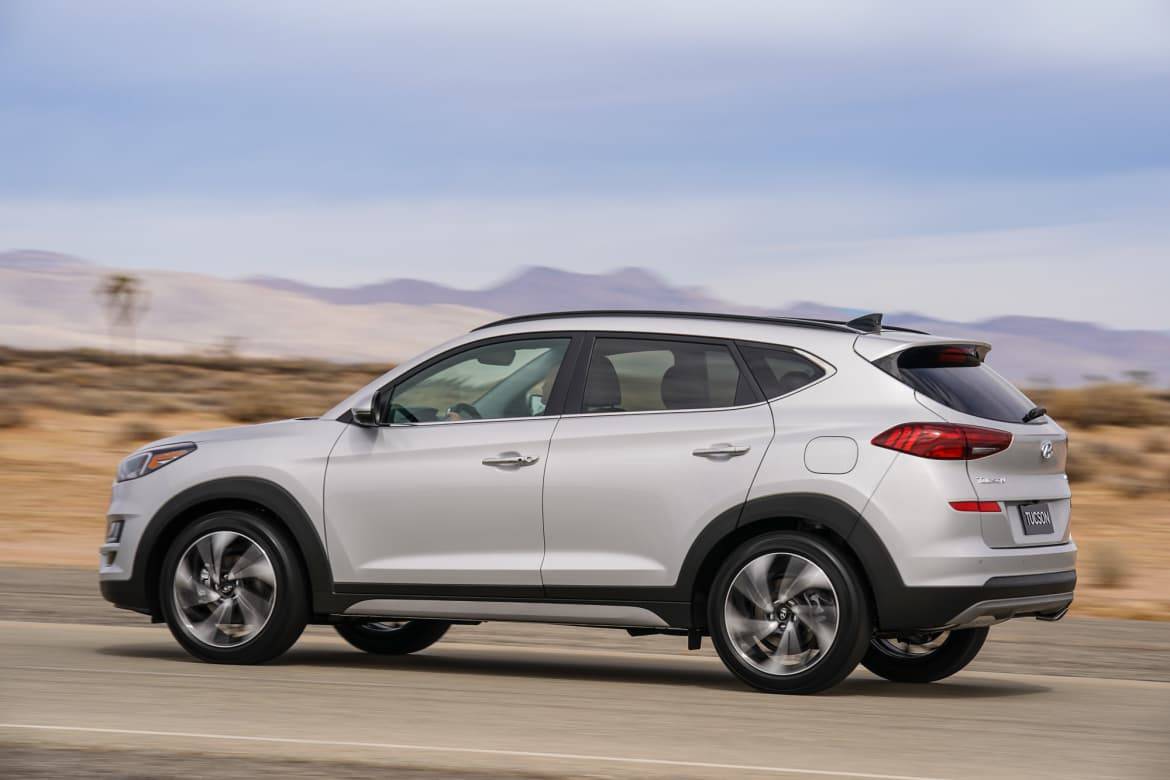
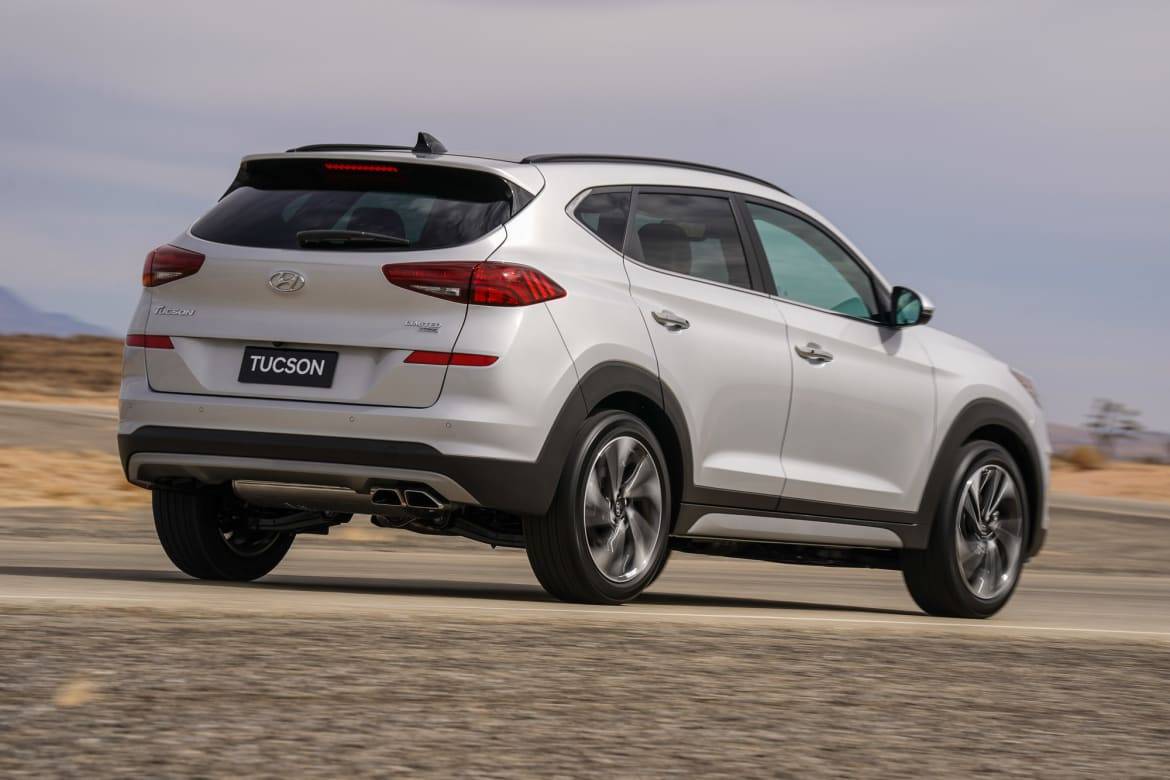
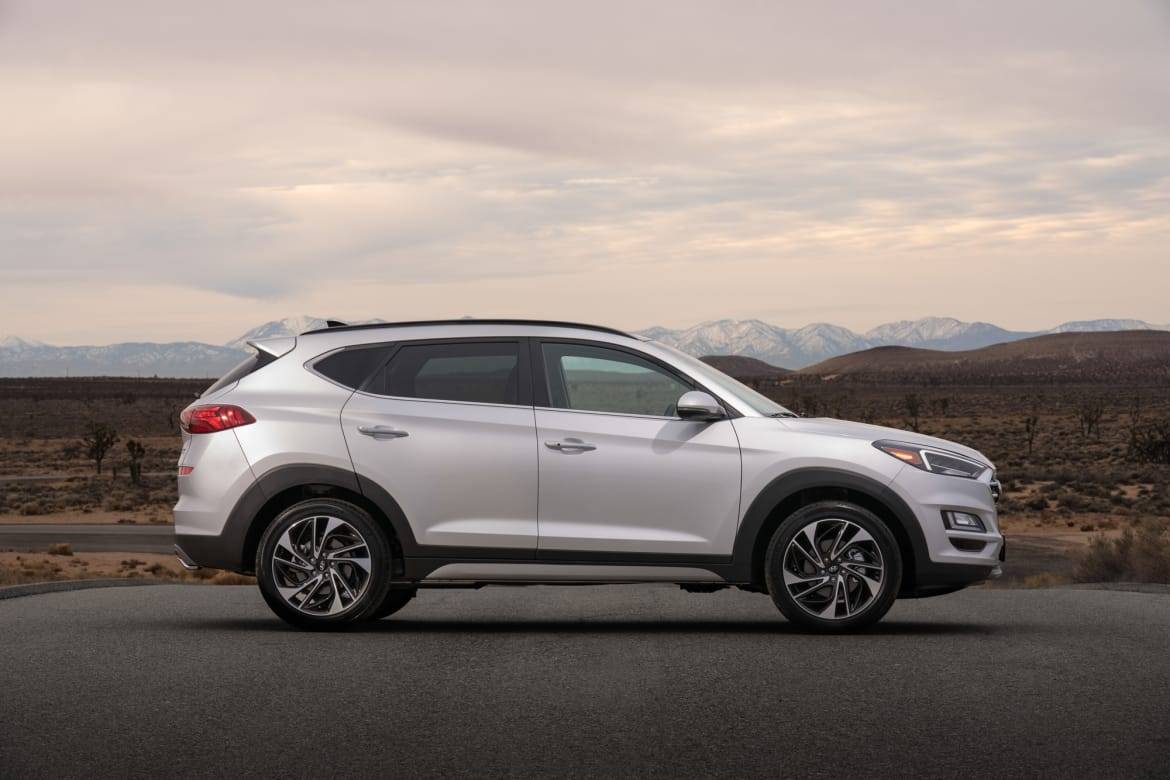


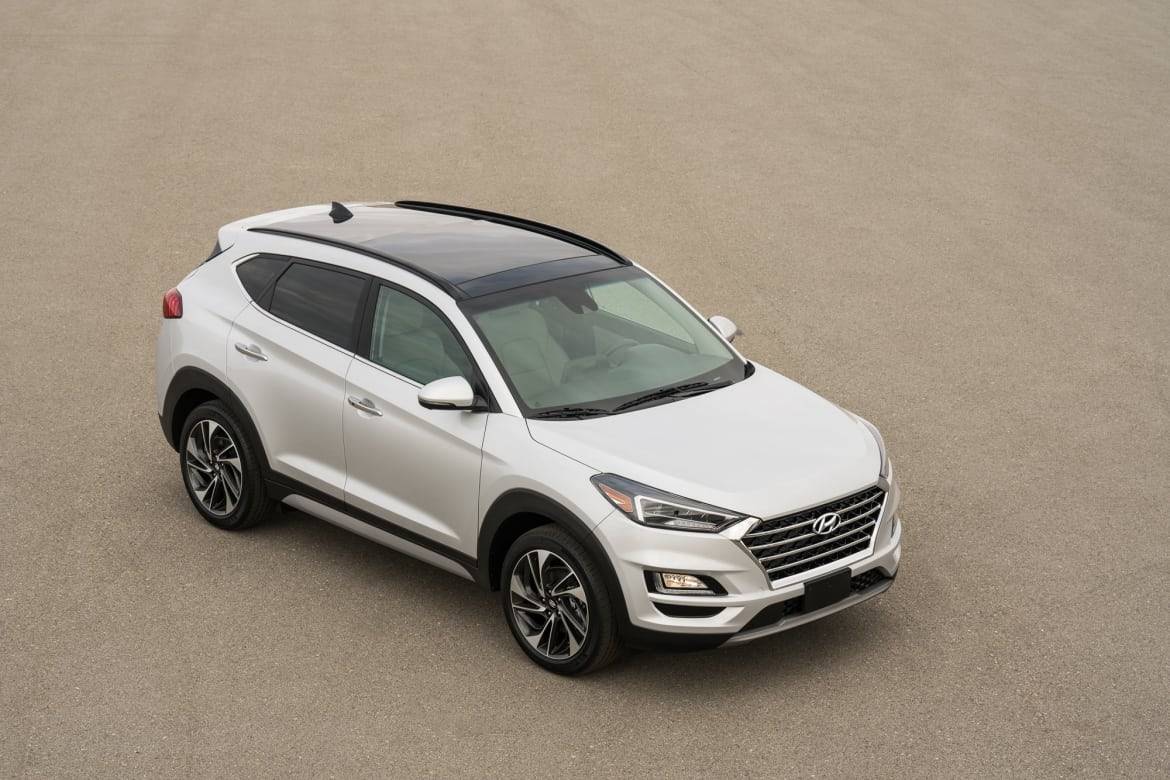
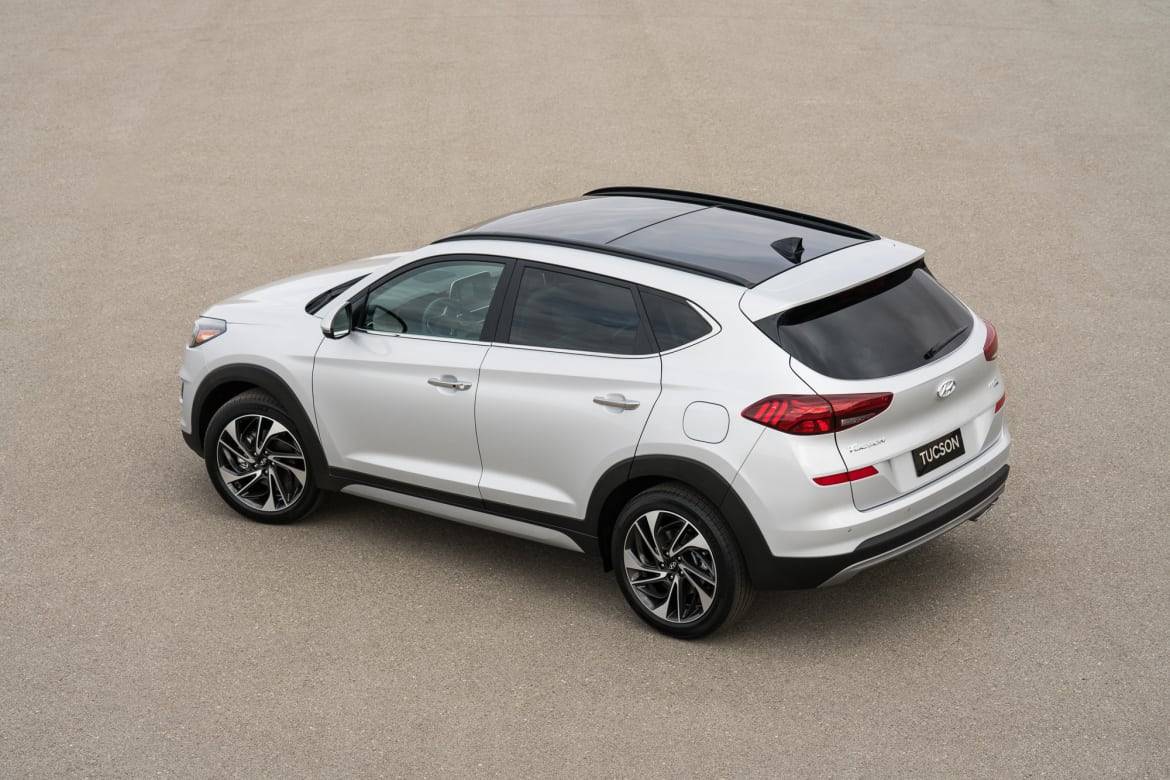
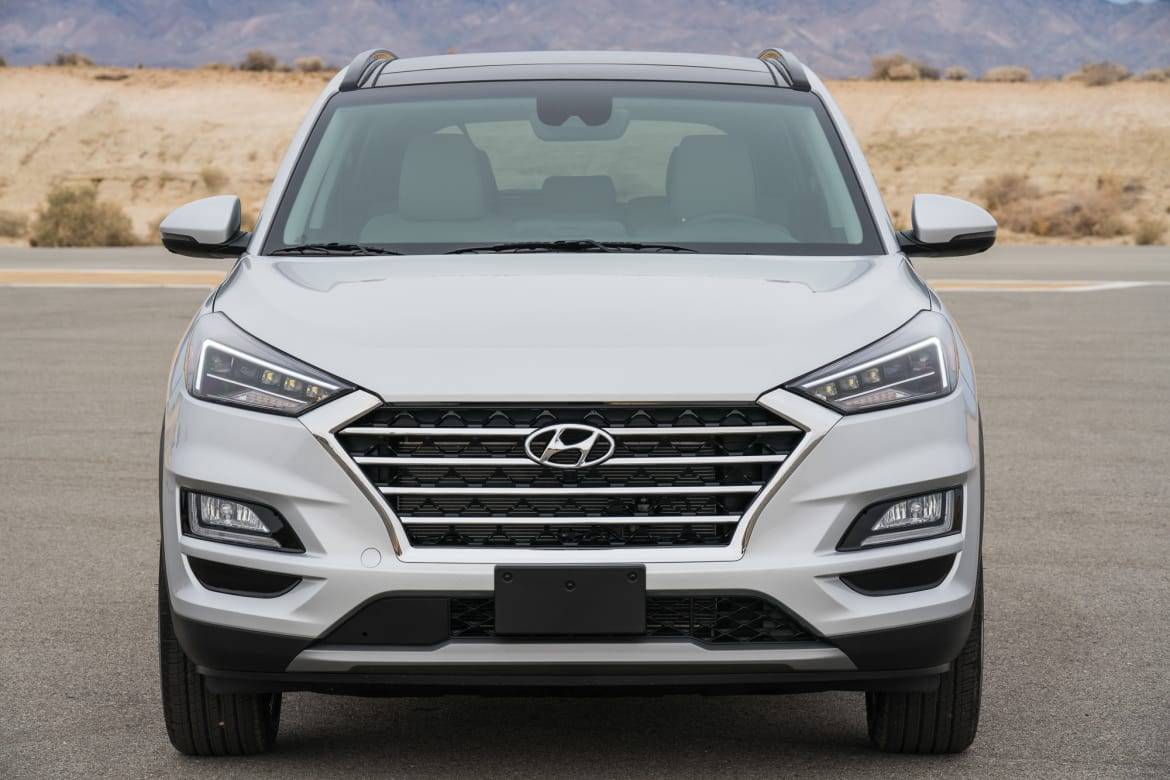
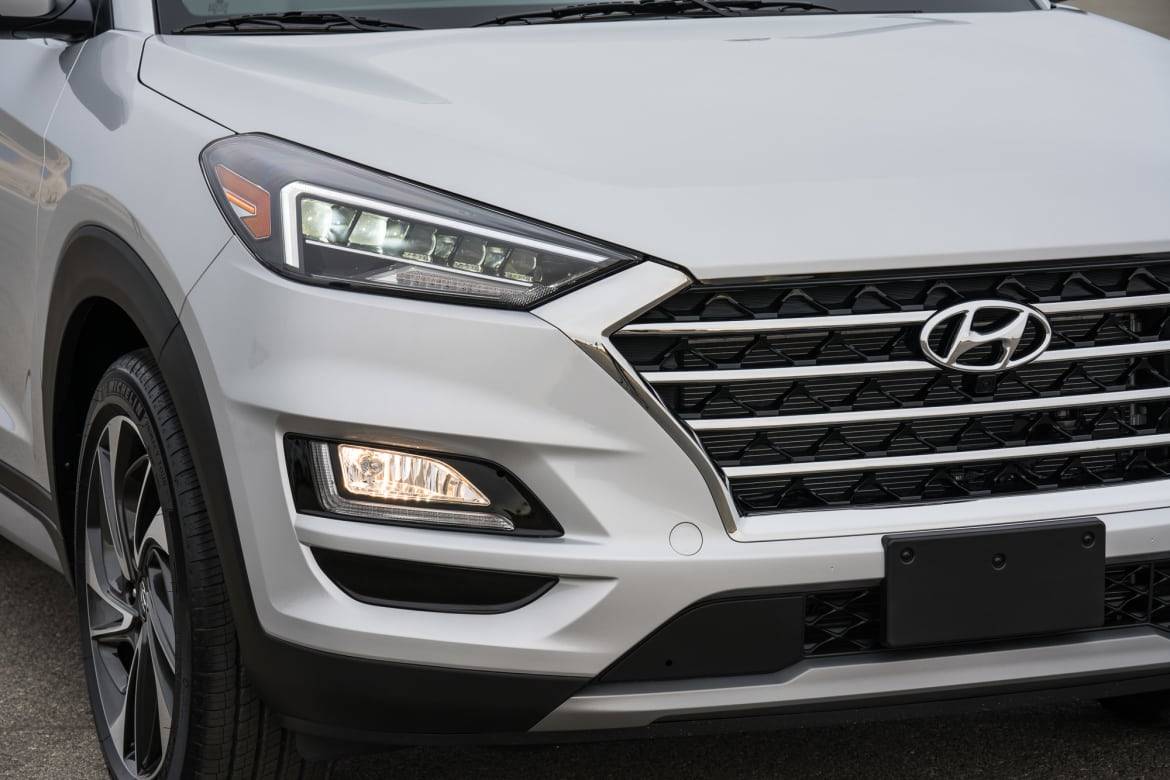
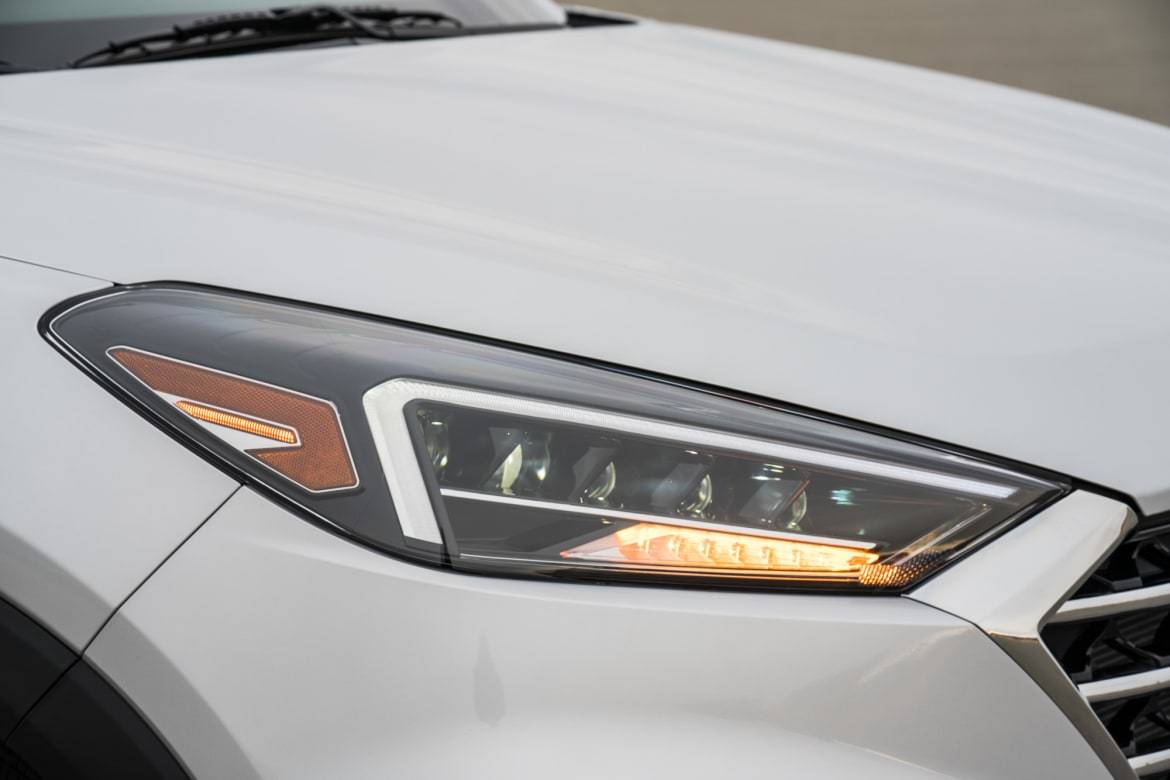
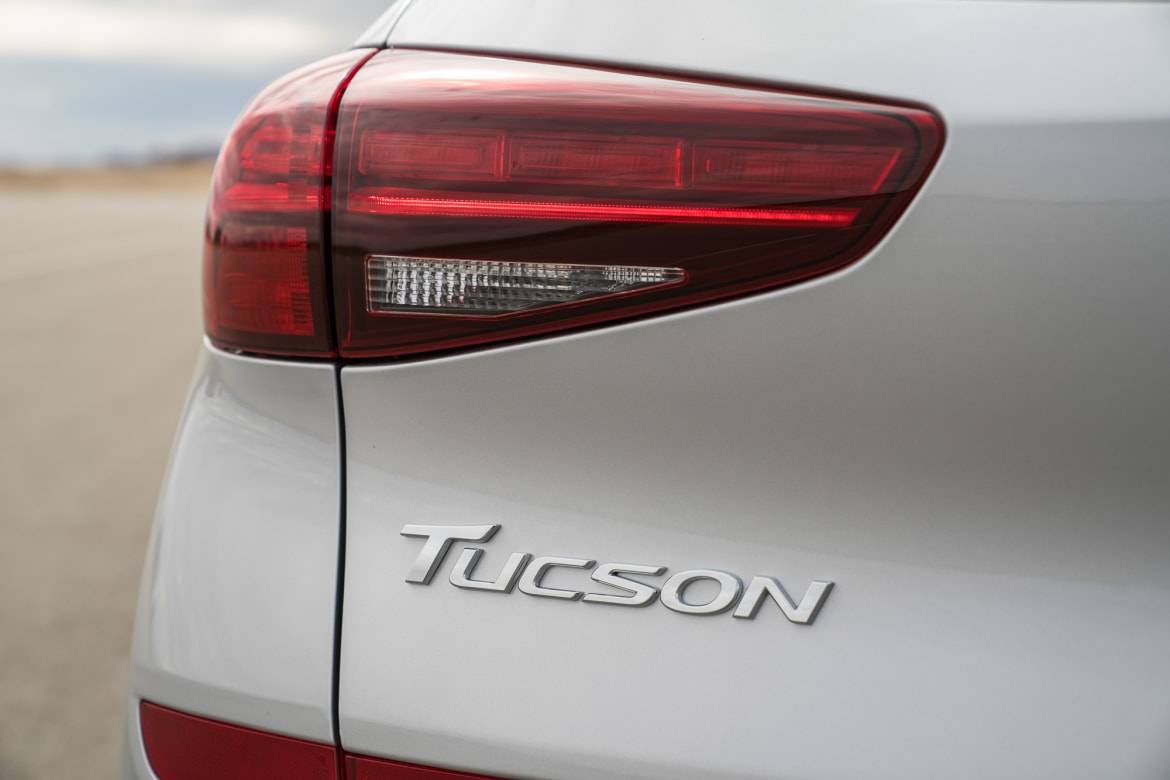
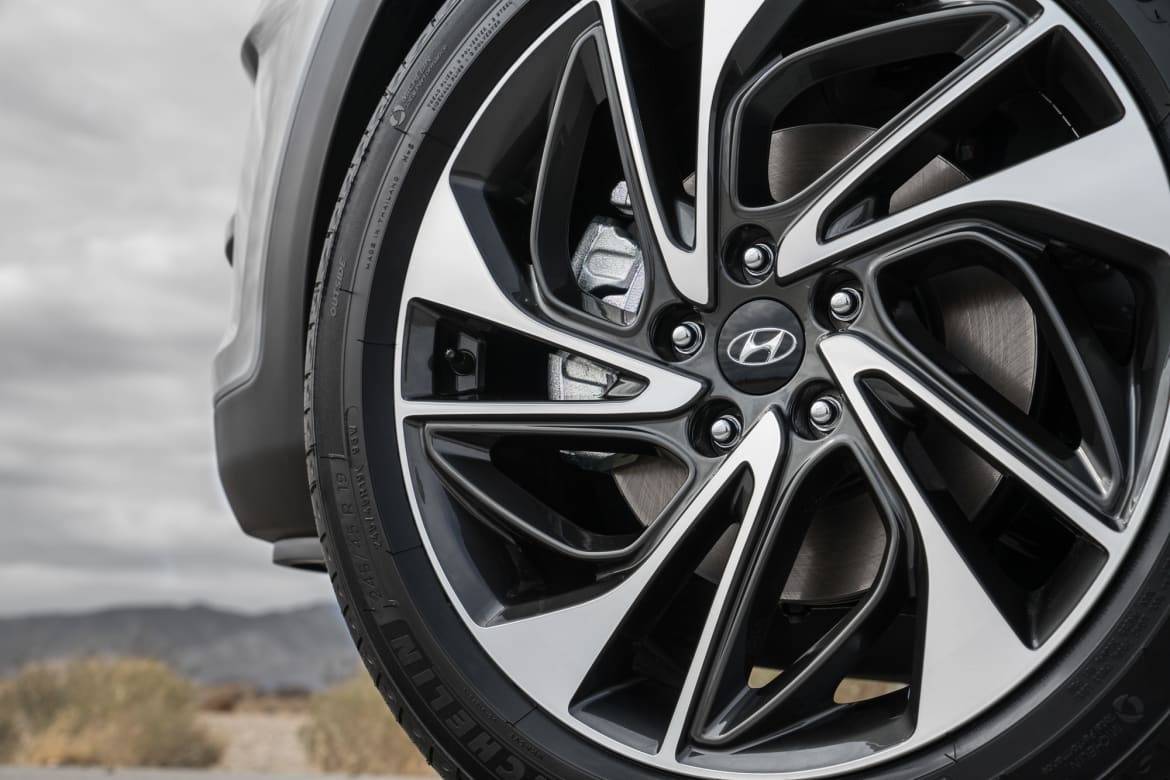
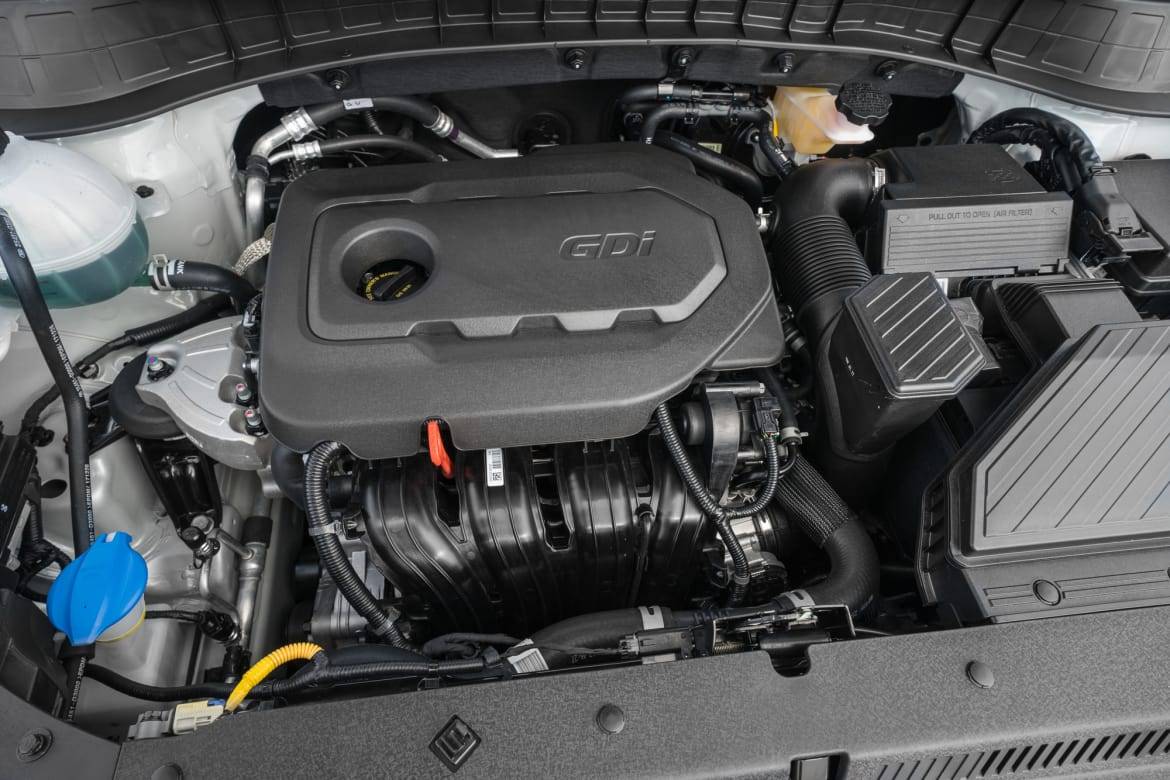

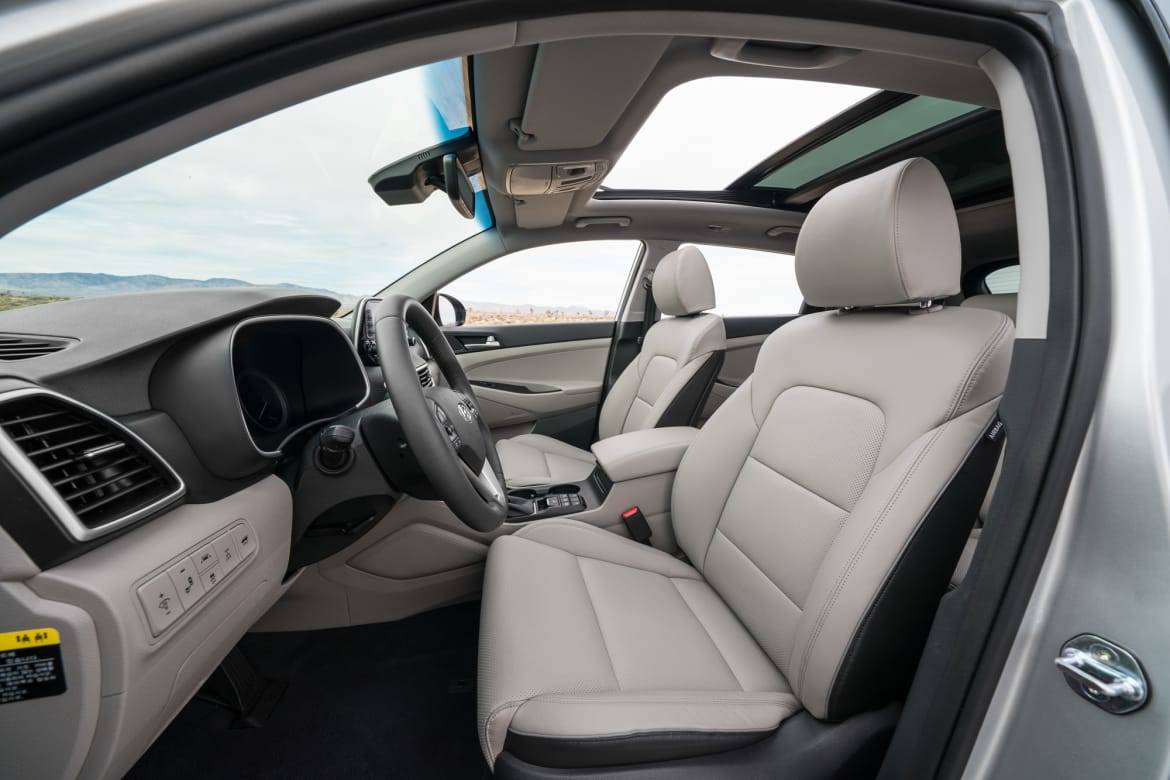
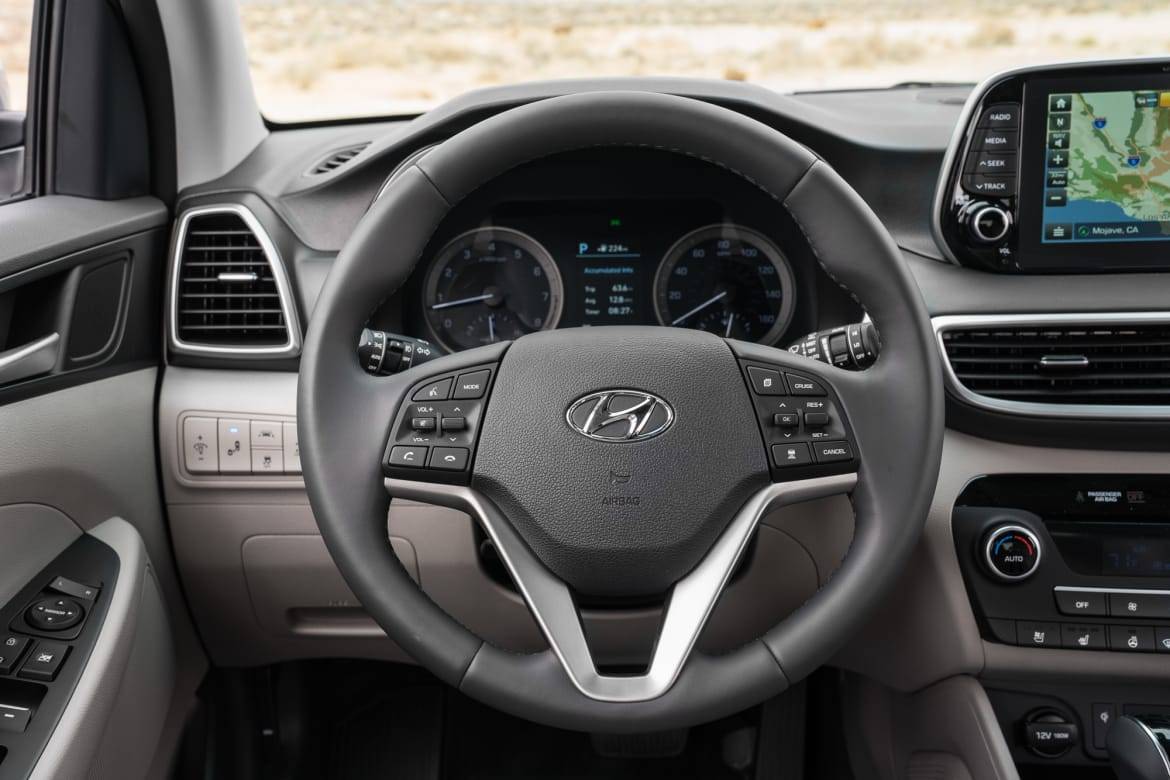

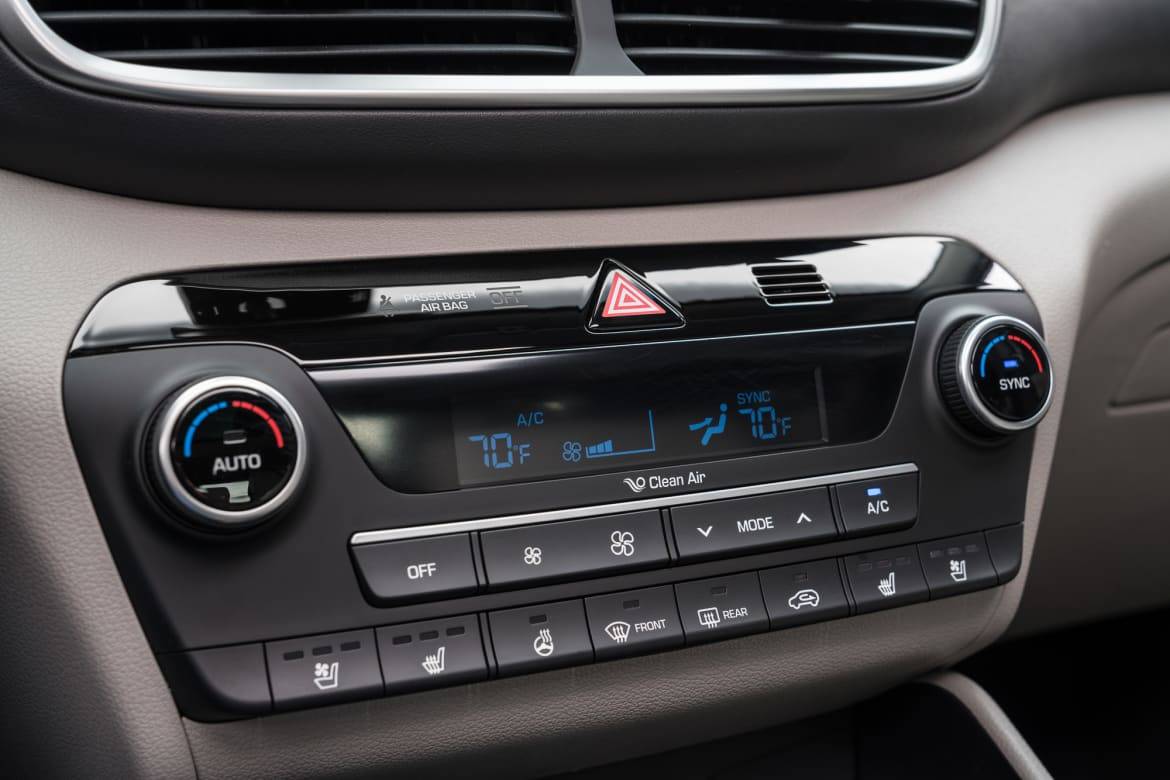
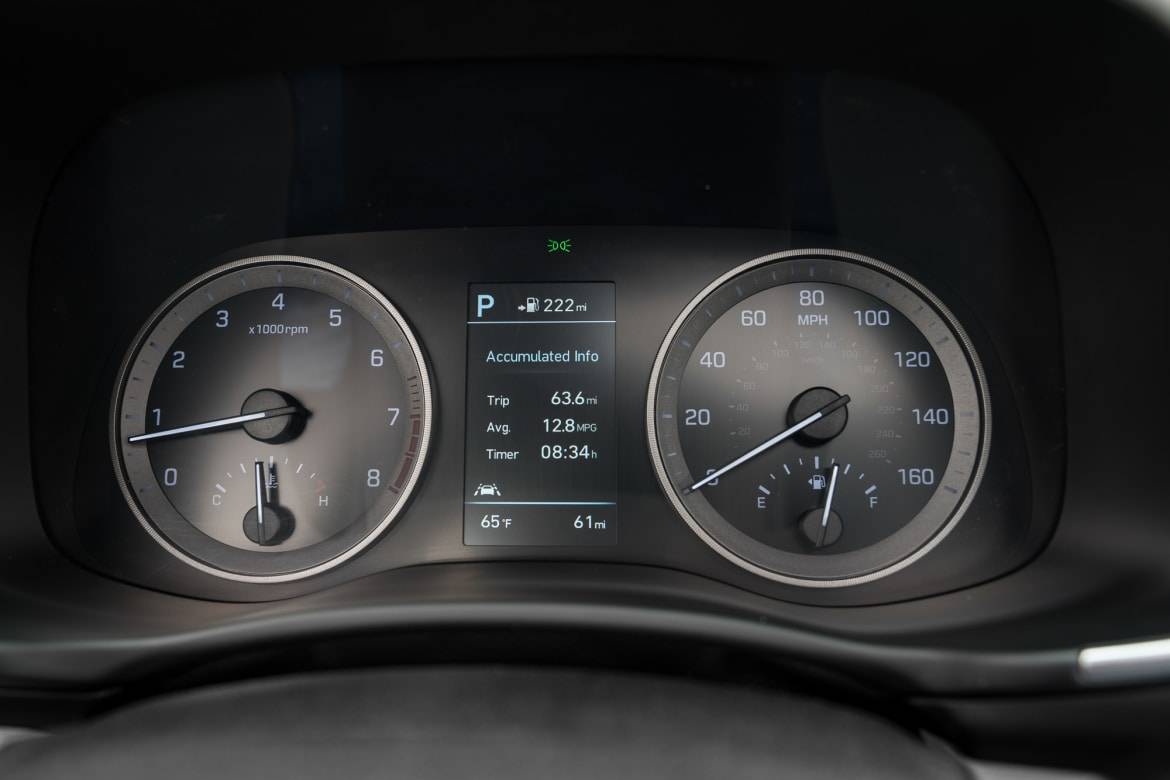
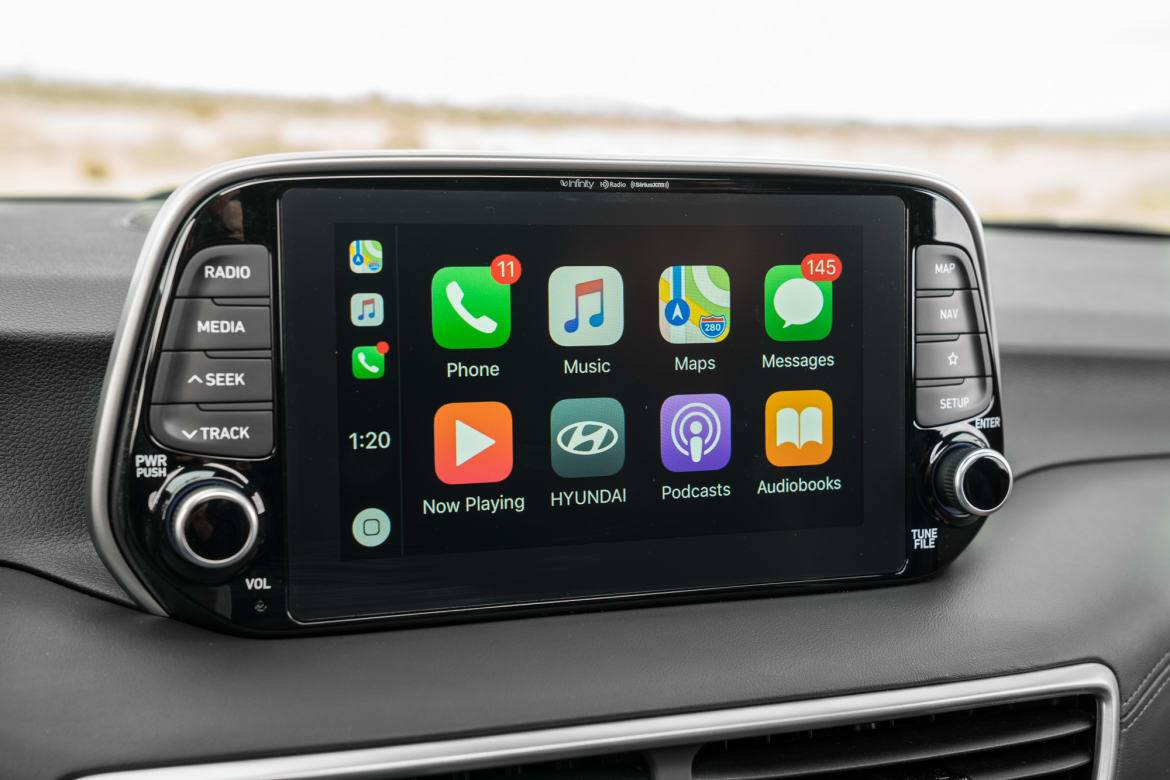
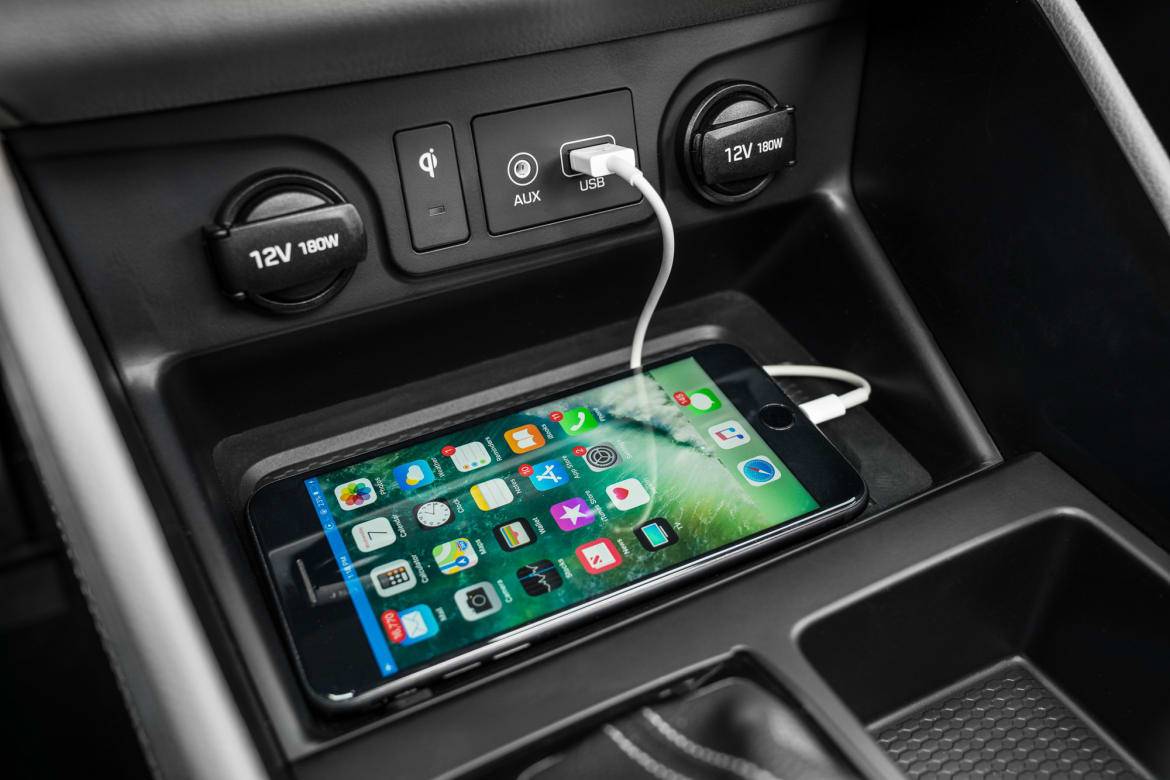

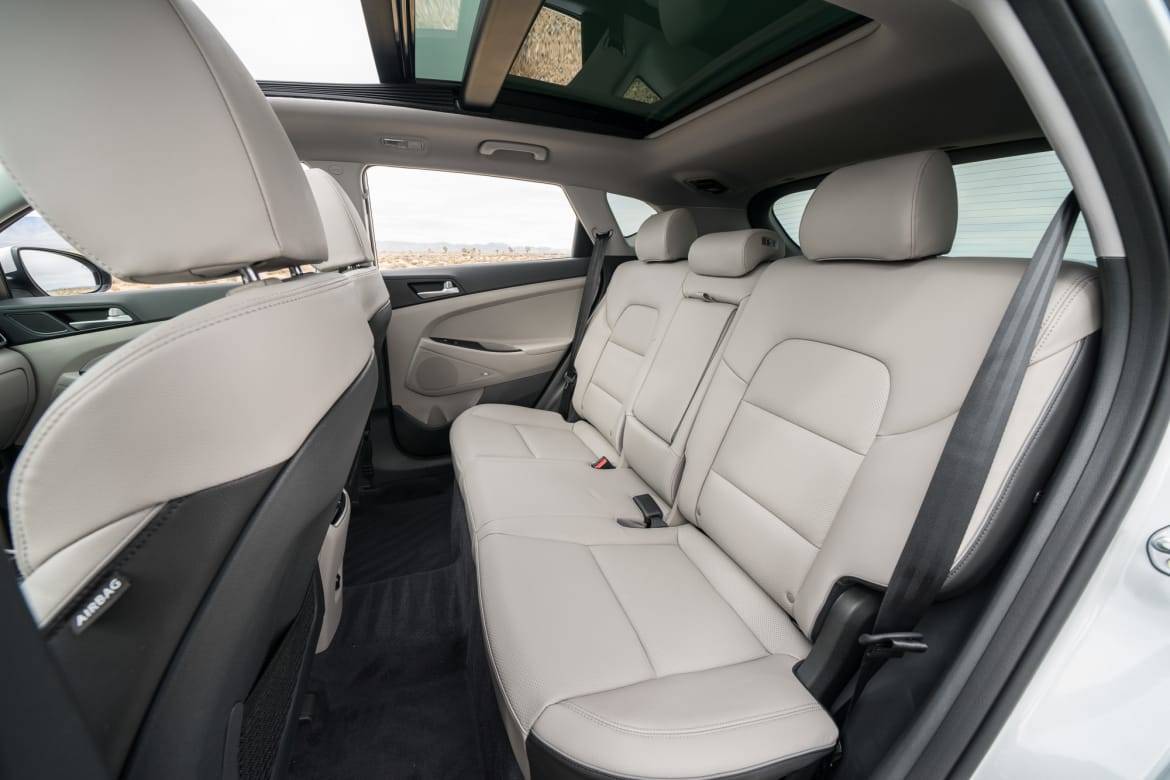
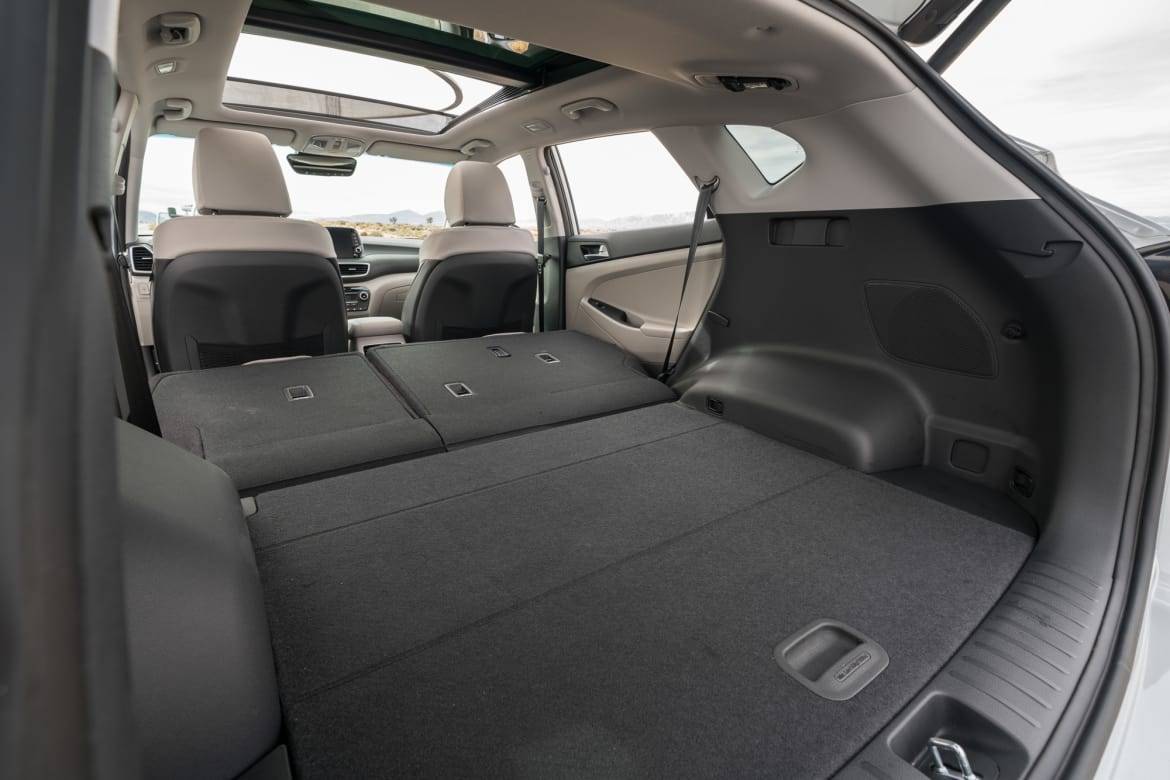





























Exterior
The most obvious styling change is a version of Hyundai’s signature “cascading grille,” bringing the Hyundai Tucson in line with other recently redone Hyundai vehicle models. The 2019 also has slightly restyled front and rear bumpers as well as revised headlight and taillight designs. The 17- and 19-inch wheels also get a new look.
Interior and Tech
The design of the instrument cluster, climate-control vents, and the center multimedia display and controls are new for 2019. The 2019 also switches to a standard electronic parking brake. There also is a new seat design in the Hyundai Tucson interiors with leather upholstery.
A 7-inch display with Android Auto and Apple CarPlay integration is standard. Newly available are wireless phone charging and a USB outlet for the second row. And all 2019 Hyundai Tucsons will come with three years of free Hyundai Blue Link connected car services, including remote locking, remote start with climate control, emergency assistance, car finder and theft recovery.
Under the Hood
The 2019 Hyundai Tucson steps back from the powertrain trends of small turbo engines and transmissions with more gears. A revised choice of powertrains drops the 2018 Hyundai Tucson’s punchy little turbocharged 1.6-liter turbo and seven-speed dual-clutch automatic that came in the higher trim levels. Taking its place as the upmarket engine option is a 181-horsepower, naturally aspirated 2.4-liter four-cylinder mated to a conventional six-speed automatic transmission. The 2.4-liter/six-speed combo was just added to the 2018 engine lineup as the engine for a mid-level 2018 Sport trim level and is a version of an engine also used in Hyundai’s Santa Fe Sport SUV and Sonata sedan. For 2019, this powertrain will be standard in the upper SEL, Sport and Limited trim levels.
While the 2.4’s horsepower rating is an increase of 6 hp over the turbo 1.6-liter, it produces 20 pounds-feet less torque and does it at higher engine rpms. We won’t know until we drive one, but that sounds to us like it will be less zippy when driving around town. The engine has a standard start-stop system; no fuel-mileage estimates have been given.
The base engine carries over: a 164-hp, 2.0-liter four that puts out 151 pounds-feet of torque and is mated to a six-speed automatic transmission. It will be standard in the base SE and Value trim levels.
Safety and Driver Assistance
The most significant change for 2019 is that the front collision system with automatic emergency braking and pedestrian detection will be standard on all Hyundai Tucson models. It was formerly an extra-cost option available only on the top Limited trim level. Also standard will be a lane keep assist feature.
Optional safety and driver assistance features will include a 360-degree camera system, adaptive cruise control with stop-and-go capability, a driver attention warning and a new automatic high-beams feature.
The 2019 Hyundai Tucson does not yet have a crashworthiness rating, but the similar 2018 model has a Top Safety Pick rating from the Insurance Institute for Highway Safety.
Cars.com’s Editorial department is your source for automotive news and reviews. In line with Cars.com’s long-standing ethics policy, editors and reviewers don’t accept gifts or free trips from automakers. The Editorial department is independent of Cars.com’s advertising, sales and sponsored content departments.

Former D.C. Bureau Chief Fred Meier, who lives every day with Washington gridlock, has an un-American love of small wagons and hatchbacks.
Featured stories

































